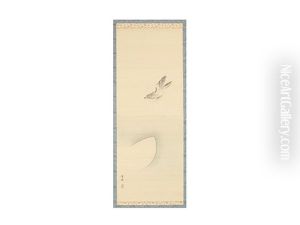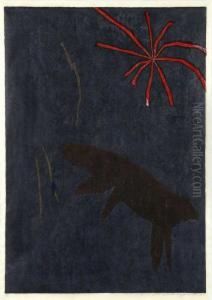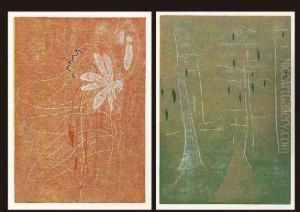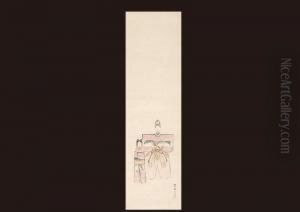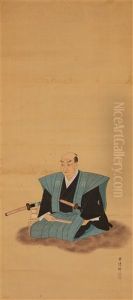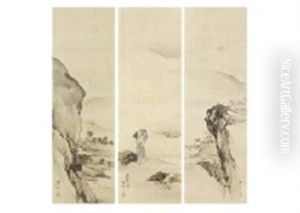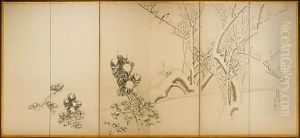Yokoyama Seiki Paintings
Yokoyama Seiki was a Japanese painter born in 1848, in the late Edo period. He is known for his contributions to the development of Western-style painting (yōga) in Japan. Seiki was born in Edo (present-day Tokyo), and his original name was Yokoyama Masayoshi. He later adopted the pseudonym 'Seiki,' by which he is more commonly known.
Seiki showed an interest in art from a young age and initially trained in the traditional Japanese style of painting (nihonga). However, his artistic path took a significant turn when he was exposed to Western-style painting. In 1876, he traveled to Italy to study, which was quite a pioneering move for a Japanese artist of his time. There, he absorbed the techniques and aesthetics of European art, particularly those from the Renaissance and Baroque periods. After spending several years in Italy, he returned to Japan, bringing with him a wealth of knowledge and experience in Western art.
Upon his return to Japan, Seiki became a strong advocate for yōga and was involved in the establishment of various art institutions and schools. He also took on the role of an educator, sharing his expertise with a new generation of Japanese artists who were eager to learn about Western practices. Seiki's own work often reflected a blend of Western techniques and Japanese sensibilities, making him a key figure in the Meiji period's cultural modernization.
Seiki's influence extended beyond his paintings and teachings. As an active member of the art community, he participated in the creation of art organizations, such as the Meiji Bijutsukai (Meiji Art Society), and was involved in national exhibitions. He strived to create a space where artists could exhibit their work and engage with both traditional Japanese and Western art forms.
Yokoyama Seiki passed away in 1906, leaving behind a legacy that had a lasting impact on the course of Japanese art. His dedication to fostering a cross-cultural dialogue within the arts set the stage for future artists to innovate and expand the boundaries of Japanese aesthetics.
